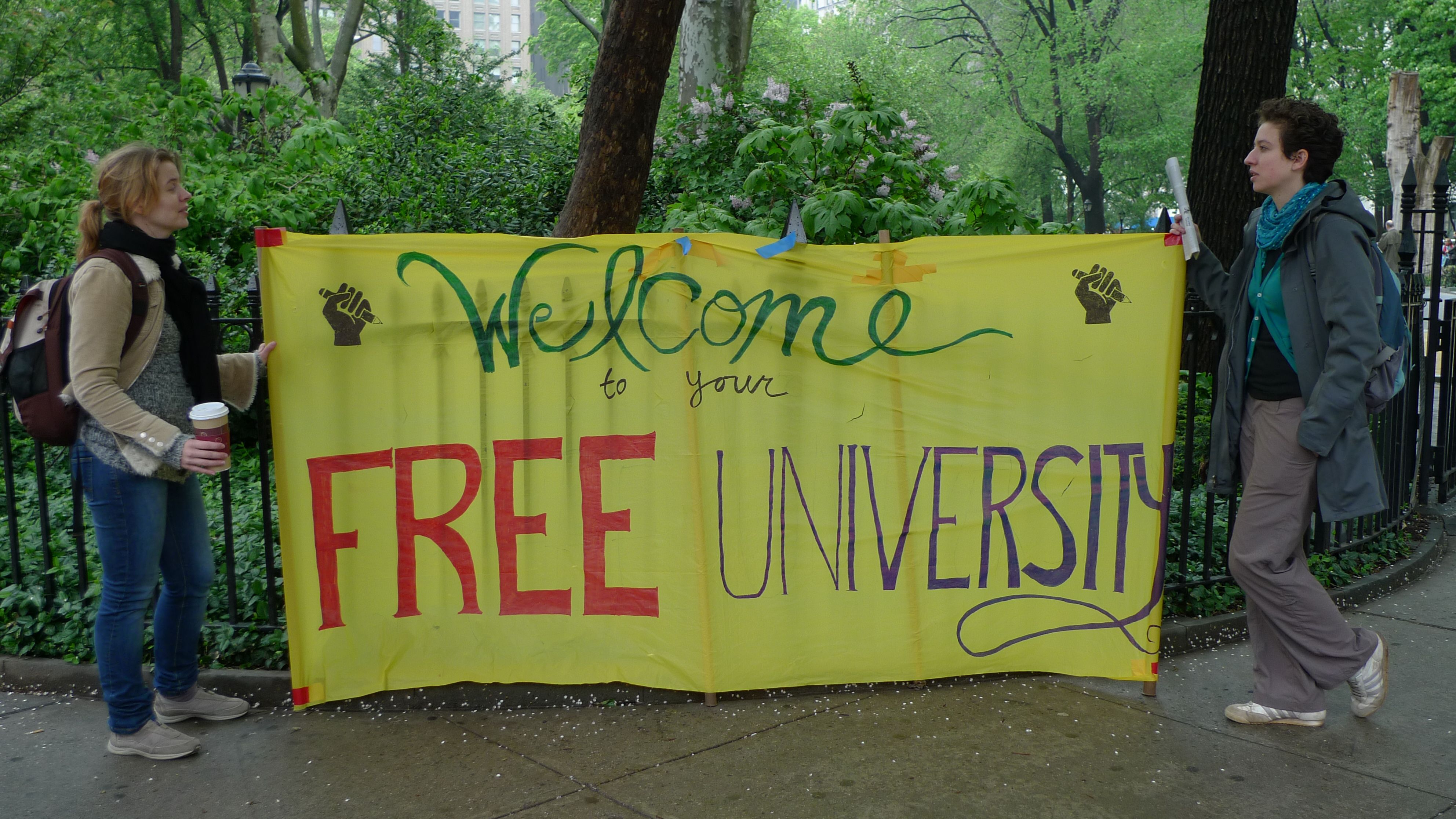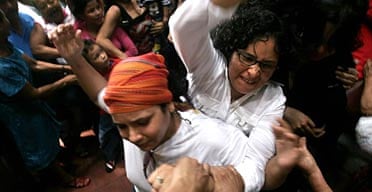
Julia Hidalgo
Every summer, workers clean the dormitories of George Washington University in Washington, DC, to prepare for the following school year. This past summer, Julia Hidalgo was one of those workers.
Julia, along with other workers who employed by the company BRAVO! Building Services, contracted by GW, cleaned three of the largest dorms on campus. One of these dorms, Thurston Hall, has a well-documented cleanliness problem due to GW administrative neglect: exposed pipes, dead bugs, and cramped quarters that repeatedly cause fire injuries to students.
Cleaning these dorms was surely no easy task for Julia and the other workers, who had to work 12-hour shifts for two weeks. After putting in those hours, BRAVO! fired Julia and every single one of the GW cleaning workers they had hired in May.
After these many hours of labor—many of which were overtime—Julia and the rest of the GW cleaning workers waited for their paychecks, which never came. Days turned into weeks, and still BRAVO! did not pay the workers their money. Julia had wanted to spend her paycheck on childcare for her fifteen-month-old daughter, but could not.
Eventually, the GW cleaning workers took action. Julia writes:
For weeks, we repeatedly showed up asking for our paychecks, but BRAVO! refused. Left with no other options, we took our story public. Many of us were afraid to speak out, worried that it would impact our chances at future employment. But we stuck together. It was only after we held a public demonstration on GW’s campus that the company finally agreed to pay us for hours worked. In total, they made us wait six full weeks before offering us our paychecks.
Six weeks is a long time to wait for payment, and many workers had to take out loans to survive until they could get their checks. Julia and the other GW cleaning workers (whom, as student organizers at the university point out, are mostly women) are leading a fight to get the money they deserve. The workers are demanding the legally mandated compensation for the time they have spent without their back pay. They are demanding that BRAVO! and GW respect and value them, their work, and their time. In response to BRAVO! and GW ignoring them, the workers have started a petition demanding their proper compensation.
The fact that the GW cleaning workers are organizing to reclaim their wages matters, because women worker organizing matters, especially in universities. Women workers in universities, many of them women of color, experience some of the worst working conditions, whether in cleaning, in food service, or in teaching. Organizing against wage theft means building power for women workers in precarious job conditions. This organizing also matters because corporate universities routinely hyper-exploit women in all areas of the university, including students who have survived sexual assault. Organizing encourages coalition building among often-unlikely partners, especially students, faculty and custodial staff.
Julia Hidalgo and the GW cleaning workers are showing us the university-to-come, where education does not depend on exploitation. The rest of us must do our best to make sure we keep that struggle moving forward.
Please sign Julia Hidalgo’s petition to demand that BRAVO! Building Services pays the GW cleaning workers the wages they are owed. You can find the petition here: http://www.coworker.org/petitions/bravo-cleaners-pay-us-what-we-re-owed
(Photo Credit: GW Hatchet)





